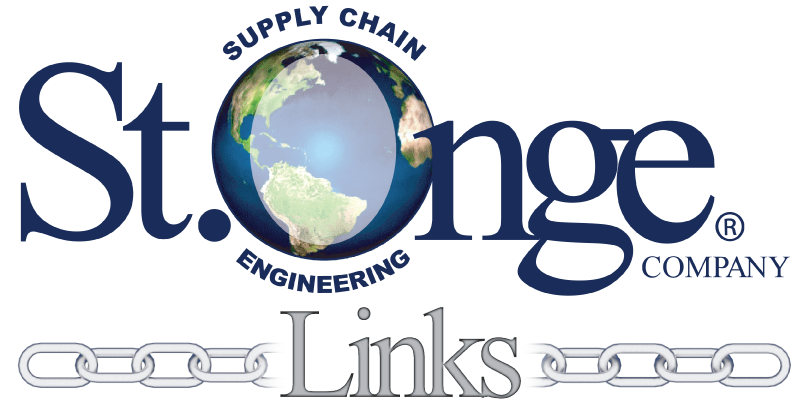 Strengthening your supply chain one link at a time.
Strengthening your supply chain one link at a time.
When I was in college, engineering students were required to take a writing course, a requirement that was met with less than enthusiastic responses from many of my colleagues. However, I enjoy writing, and I decided to write a paper about a topic related to my major: how automation was being used in the workplace and its effect on jobs. At the time, I had limited knowledge of industrial automation, but I used the opportunity to learn more about the topic, reading articles and interviewing one of my engineering professors. Now that I have several years of experience under my belt, I wanted to read that paper again and share how my perspective has changed. I found that while I was slightly wary of automation in the past, I now see the multitude of benefits, particularly in material handling applications. These benefits go beyond labor savings, extending to safety, accuracy, scalability, and more.
Automation as a Complement
One of the overarching points in my paper was that automation can be implemented to complement workers, rather than replace them altogether. This concept is certainly evident in automated material handling technologies, where automation is used to perform repetitive tasks and non-value-added work so that operators can focus on the productive tasks. To eliminate the wasteful activity of walking to pick orders, goods-to-person systems can be implemented so that totes, shelves, etc. are brought directly to the operator. There are also systems where operators perform picking tasks alongside co-bots, reducing their walking paths and eliminating the need to push pick carts. Factors such as throughput rates, order profiles, available space, and desired flexibility play a role in determining the best automated solution.
Automation for Safety and Accuracy
Because operators are humans, there are always possibilities for accidents or inaccuracies. Automated solutions can eliminate the possibility of human error and help keep operators safe. For example, implementing automated palletizing robots or semi-automated pallet returns can reduce the amount of manual lifting operators do and decrease the risk of injury. Automation can also be used to increase inventory accuracy and security within the warehouse, providing cost savings. There are also opportunities to increase customer order accuracy, thus improving customer satisfaction.
Automation for Growth
As businesses grow, it can be difficult to keep up with increased demand using manual material handling and order fulfillment methods. Automated solutions can increase throughput rates and offer dense product storage to meet increased demand and maintain or improve service levels. And because future growth is often only an estimate, it is important to implement a scalable solution that can be expanded with minimal to no downtime. Many automated systems can adjust to demand changes by simply adding robots, pick/replenishment stations, or inventory locations.
Automation for Labor Savings (and Labor Productivity)
Investing in automation makes sense when there are savings realized through the implementation of automation – typically in labor costs. In situations where it is hard to find labor, such as working in freezer environments, or where there is a high rate of employee turnover, implementing automation can help keep the business in steady operation. While it is true that automation leads to labor savings, it also makes labor more productive. Automation can take care of the repetitive tasks that lead to burnout, while workers can perform more productive tasks. It is also important to empower workers to use their skills in tandem with automation, and there is potential to provide additional training to operators you have already invested in so that they can perform new tasks related to the automation.
There are many reasons to pursue adding automation into an operation, and there may be more benefits than you realize (at least that was the case for me). Consider not only how automation can be used to more efficiently move your materials, but also how it can increase the value of one of your other assets – your people.
—Heather Little, St. Onge Company